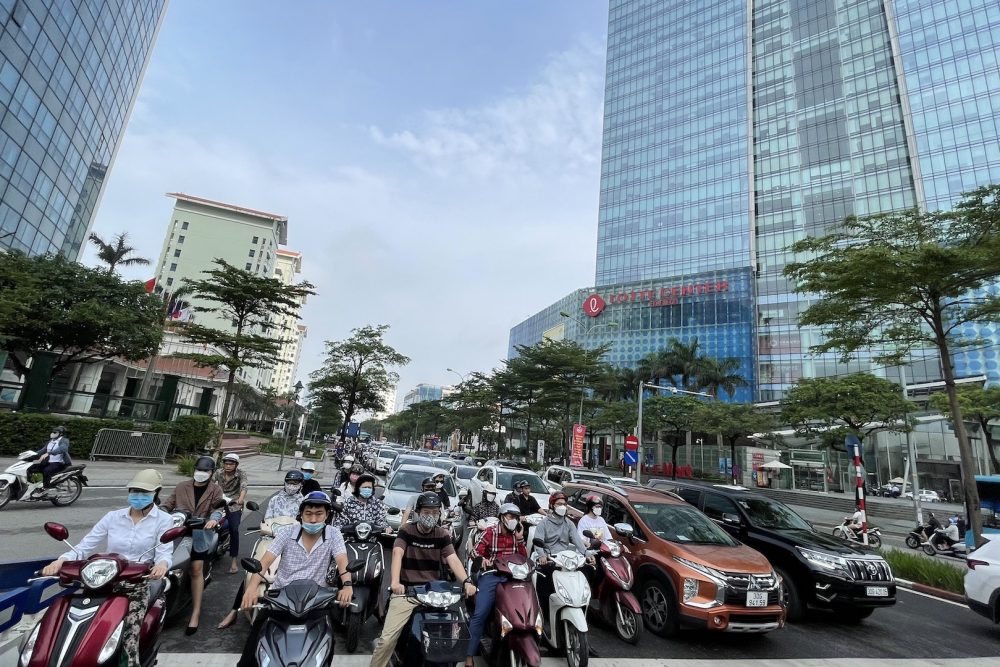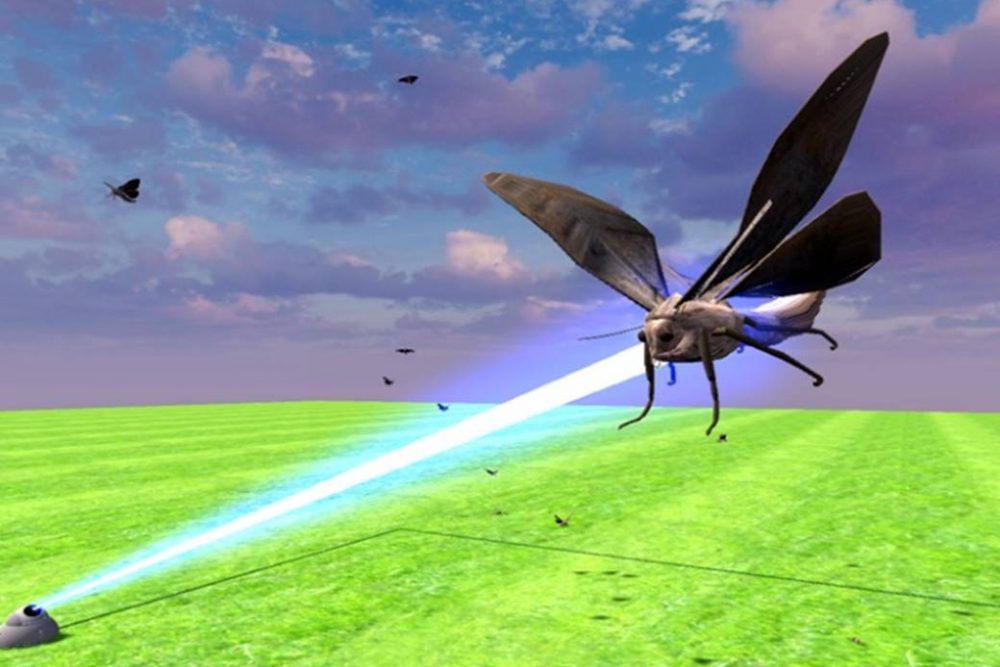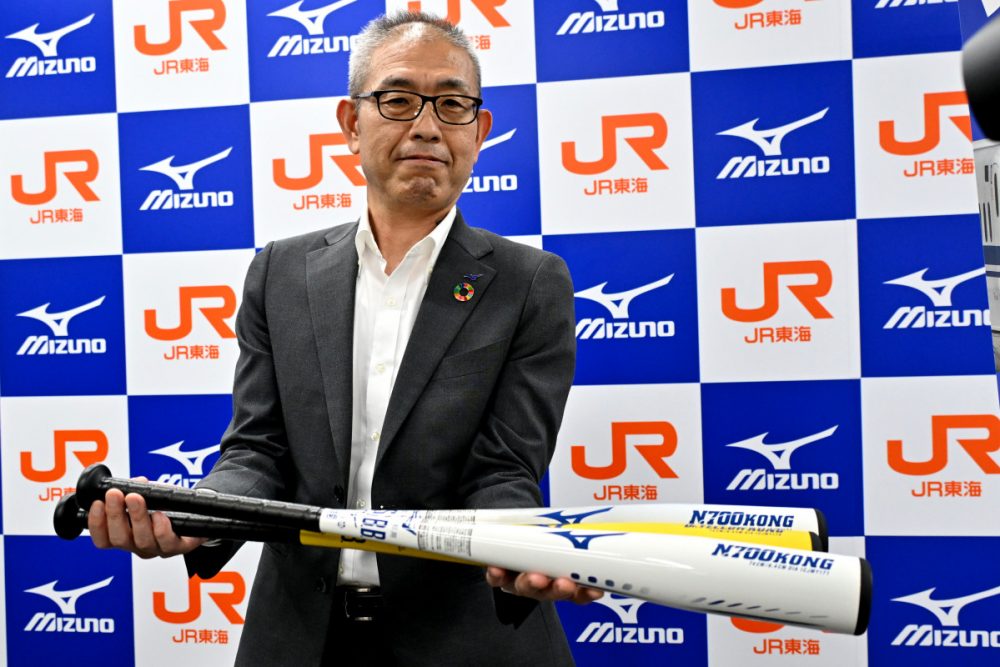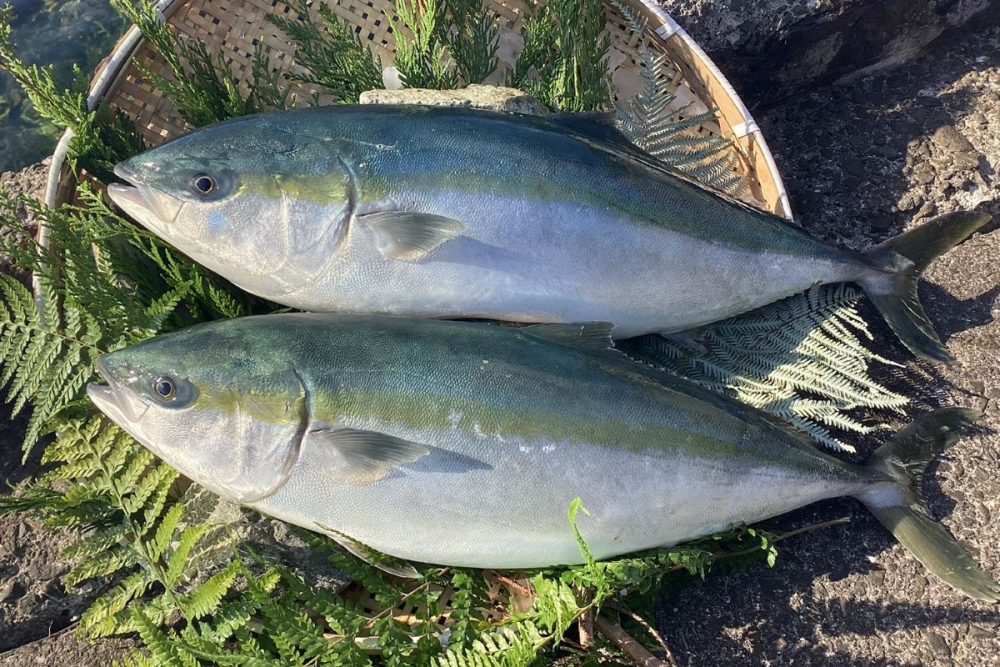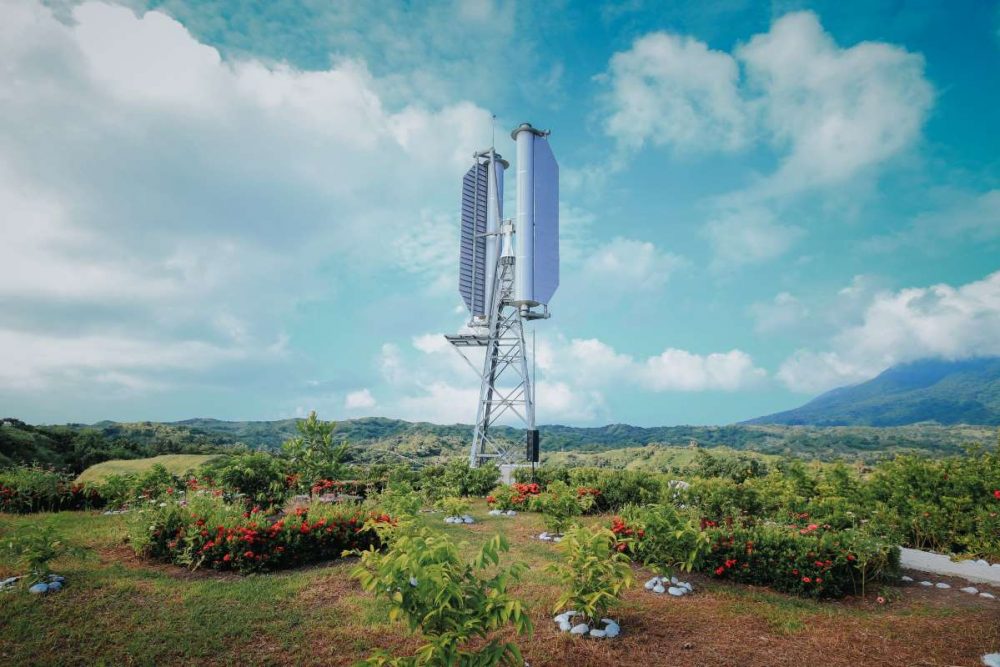Sanyu Plant Service: 'Waste Is the Resource of the Future'
Sanyu Plant Service is taking on the challenge of turning waste into resources by converting coffee grinds from a local Starbucks into feed for dairy cows.

このページを 日本語 で読む
Coffee grounds that would otherwise be discarded are being fermented and converted into feed for dairy cows. The milk from these cows is then used in beverages. The company that closed the loop in this circular economy venture is Sanyu Plant Service. Headquartered in Sagamihara City, Kanagawa Prefecture, Sanyu Plant Service is a leader in the waste industry, known for its technological capabilities in handling difficult-to-dispose industrial waste.
In June 1948, Akira Komatsu founded Sanyu Plant Service (formerly Komatsu Trading Department) after taking over the gas station and construction materials wholesale business run by the previous two generations of his family. Utilizing knowledge of oil gained through the gas station business, he collected waste oil and sold it to public bathhouses, which had been using wood to heat water. This marked the beginning of the company's industrial waste disposal business.
In 1978, the company built its first intermediate treatment facility (now its second plant) in Sagamihara City. It later expanded to seven locations nationwide, including Yokohama, Kawasaki, and Chiba, and secured its own final disposal site in Hokkaido. Sanyu Plant Service built a comprehensive system, incorporating collection, transport, analysis, intermediate treatment, final disposal, and recycling.
Japan 2 Earth and JAPAN Forward contributing writer Mika Sugiura interviewed President and CEO Kazufumi Komatsu about ongoing and future projects and to learn more about how the company is positioning waste as a resource for the future.
First of two parts. Excerpts follow.
Starting Point: Protecting the Ocean
Tell us about how you got where you are today and your management philosophy.
The Waste Disposal Law was enacted in 1970, making the businesses generating industrial waste responsible for disposal. Until then, waste could simply be dumped into the ocean. It was my father who questioned this practice. He loved fishing and loved the ocean. So, even before the Waste Disposal Law was enacted, he built a land-based treatment facility. That was the start of our business.
We develop technologies based on what is good for society. Tackling difficult challenges forms the basis of our company.

Final Disposal Sites: Storage for the Future
Your company has its own final disposal site, waste collection and transportation licenses in all prefectures, and a dedicated wharf for marine transportation. Tell me about how you led the industry in traceability using special steel containers to manage waste.
The origin story of our intermediate treatment facility and final disposal site began when the prefectural government of Hokkaido asked us to treat waste from a new large-scale industrial park in Ishikari, Hokkaido. Due to the remoteness of Hokkaido, we decided to transport the waste by sea to minimize costs and environmental concerns. It took some time to make it happen, but we secured a ship and a dedicated wharf. This was a change of mindset for us.
-1024x768.jpg)
Countless companies are involved in the industry. Among these, we are a company that takes responsibility for everything from collection to treatment and recycling. We have earned the trust of our customers over the years by improving our analytical and treatment technologies, handling difficult-to-treat waste, and maintaining traceability and confidentiality.
We want to eliminate the "final" from final disposal sites. Final disposal sites can serve as repositories where future resources are managed. In a few hundred years, what we thought of as waste may become a resource.
Coffee Grounds Become Feed for Dairy Cows
Sanyu Plant Service is known for taking on tough challenges. A good example is the "Saikai Project." The company collects coffee grinds from Starbucks, a major coffee chain, and uses lactic acid fermentation to convert them into feed for dairy cows. The milk from the cows is then used at the coffeeshop. In 2014, the project was first certified under the "food recycling loop," a special measure that relaxes Waste Disposal Law regulations. The project took seven years from conception to realization.
Tell me about how the project with Starbucks came about and the difficulties you had to overcome.
Starbucks officials consulted with us after the Food Recycling Law, which stipulates the effective use of food waste, was enacted in 2000 and revised in 2007. The project design itself was easy, but we faced major hurdles in putting it into practice. The most time-consuming challenge was getting the dairy farmers to feed the coffee grinds to the cows. It also took time to stabilize the cost and quality of the product, as well as to obtain the "food recycling loop" certification. But the project got off to a good start thanks to the efforts of the many positive-thinking people involved. What we learned from this was that recycling becomes possible when everyone participates.
Unexpected Benefits
Was abandoning the project ever an option, considering management efficiency and company profit?
If we were a company with a new president every few years, we might not have been able to accomplish so much. In terms of overall sales, the project accounts for only a very small percentage. As an owner-operated company, we were able to do this without any need to rush things.

We also discovered a fortunate by-product. Coffee grinds contain large amounts of polyphenols, which are antioxidants. Adding them to feed reduced mastitis in the cows. In human terms, they act like a dietary supplement. This effect was demonstrated in a study conducted by Azabu University.
Aside from helping the cows, engaging in a project with Starbucks, a renowned brand, improved our company's image, yielding immeasurable benefits.
In 2021, Sanyu Plant Service signed a comprehensive partnership agreement with Togane City in Chiba Prefecture aimed at promoting a circular economy and revitalizing the local economy. A Starbucks was invited to operate at the city's "Michi-no-Eki" (roadside station). In addition to Starbucks, coffee grinds from Denny's family restaurants in Yokohama are also used in feed for dairy cows, and Denny's is offering new menu items using the milk.
Kazufumi Komatsu was born in Atami City, Shizuoka Prefecture in 1953. After graduating from Musashi Institute of Technology's Faculty of Engineering, Komatsu worked for Kansai Paint Co., Ltd., until he joined Sanyu Plant Service in March 1978. He became a director in 1980, Executive Vice President in 1986, and assumed his current position as President and CEO in June 1992.
Read Part 2 of the interview.
(Sanyu Plant Service is a Logo Partner of Japan 2 Earth.)
このページを 日本語 で読む






